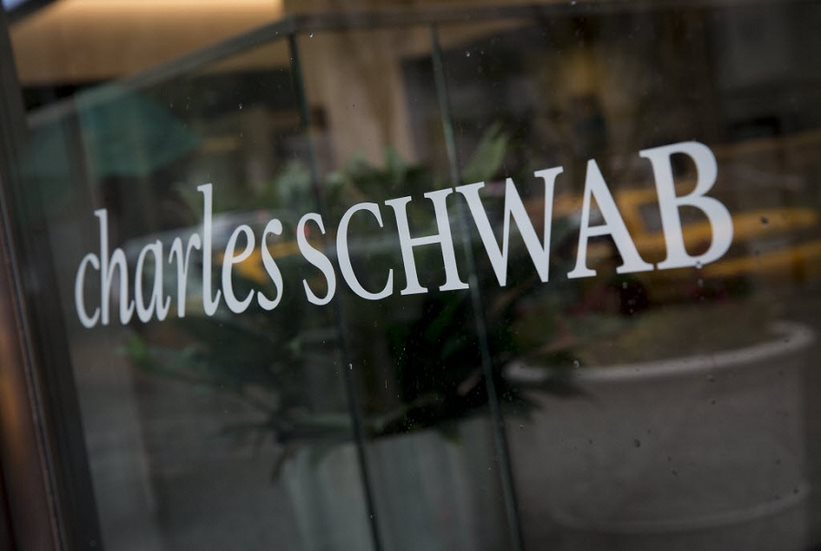

The future of wealth management is about people, and advisory firms that don’t make their workforce a top priority will fall behind the curve, according to the latest RIA benchmarking study from Charles Schwab.
“We’re seeing a shift where more than ever the emphasis is on people being the differentiator of their future,” said Lisa Salvi, managing director of business consulting and education at Schwab Advisor Services.
This year’s study, based on research into more than 1,000 advisory firms representing nearly 13,000 employees across 27 roles, found that recruiting talent has risen to be the second highest strategic priority for firms, which is the highest it has ever ranked in the Schwab studies.
The study showed that 80% of advisory firms are hiring, and Salvi said that dynamic is exacerbated by the trends toward job changing and resignations at a time of economic uncertainty.
“People are not just evaluating where they work, but they’re asking themselves why they work,” she said.
The main driver behind the focus on adding staff is as straightforward as the growth of the wealth management industry and the increasing demand for financial advice.
A firm that's the median size today, with eight employees, 298 clients, $439 million under management and $2.6 million worth of annual revenue, will likely need to add six additional employees over the next five years as the business continues to grow.
Using a projected compound annual growth rate of assets under management, the Schwab report expects the median firm five years from now to have 14 employees, working with 383 clients, managing $791 million in total assets, and generating revenue of $3.8 million.
“As a good rule of thumb for advisory firm, for every $325,000 in revenue, add one new role,” Salvi said. “That role can be client facing, an operational team member, or sometimes it’s very specialized at larger firms.”
The research shows that the general compensation mix across all advisory firm roles includes a base salary representing 79% of total compensation, while 10% is performance-based, 7% is tied to revenue, and 4% is in the form of ownership profit distributions.
But Salvi said compensation alone will not be enough to attract and retain employees going forward.
“It’s already more competitive to hire, and we’re seeing that in all industries,” she said. “There’s a lot of changing roles in addition to the Great Resignation.”
In addition to good pay, Salvi said advisory firms need to focus on opportunities for incentive compensation and a career path for employees.
“You should be talking about things like the culture of the firm, flexibility, continuing education and professional development,” she said. “And try to have a signature program, something that helps you stand out. At Schwab, for example, we have a sabbatical program where you get a month off every five years. Compensation is important but it’s not the whole picture.”

A Texas-based bank selects Raymond James for a $605 million program, while an OSJ with Osaic lures a storied institution in Ohio from LPL.

The Treasury Secretary's suggestion that Trump Savings Accounts could be used as a "backdoor" drew sharp criticisms from AARP and Democratic lawmakers.

Changes in legislation or additional laws historically have created opportunities for the alternative investment marketplace to expand.

Wealth managers highlight strategies for clients trying to retire before 65 without running out of money.

Shares of the online brokerage jumped as it reported a surge in trading, counting crypto transactions, though analysts remained largely unmoved.
Orion's Tom Wilson on delivering coordinated, high-touch service in a world where returns alone no longer set you apart.
Barely a decade old, registered index-linked annuities have quickly surged in popularity, thanks to their unique blend of protection and growth potential—an appealing option for investors looking to chart a steadier course through today's choppy market waters, says Myles Lambert, Brighthouse Financial.
